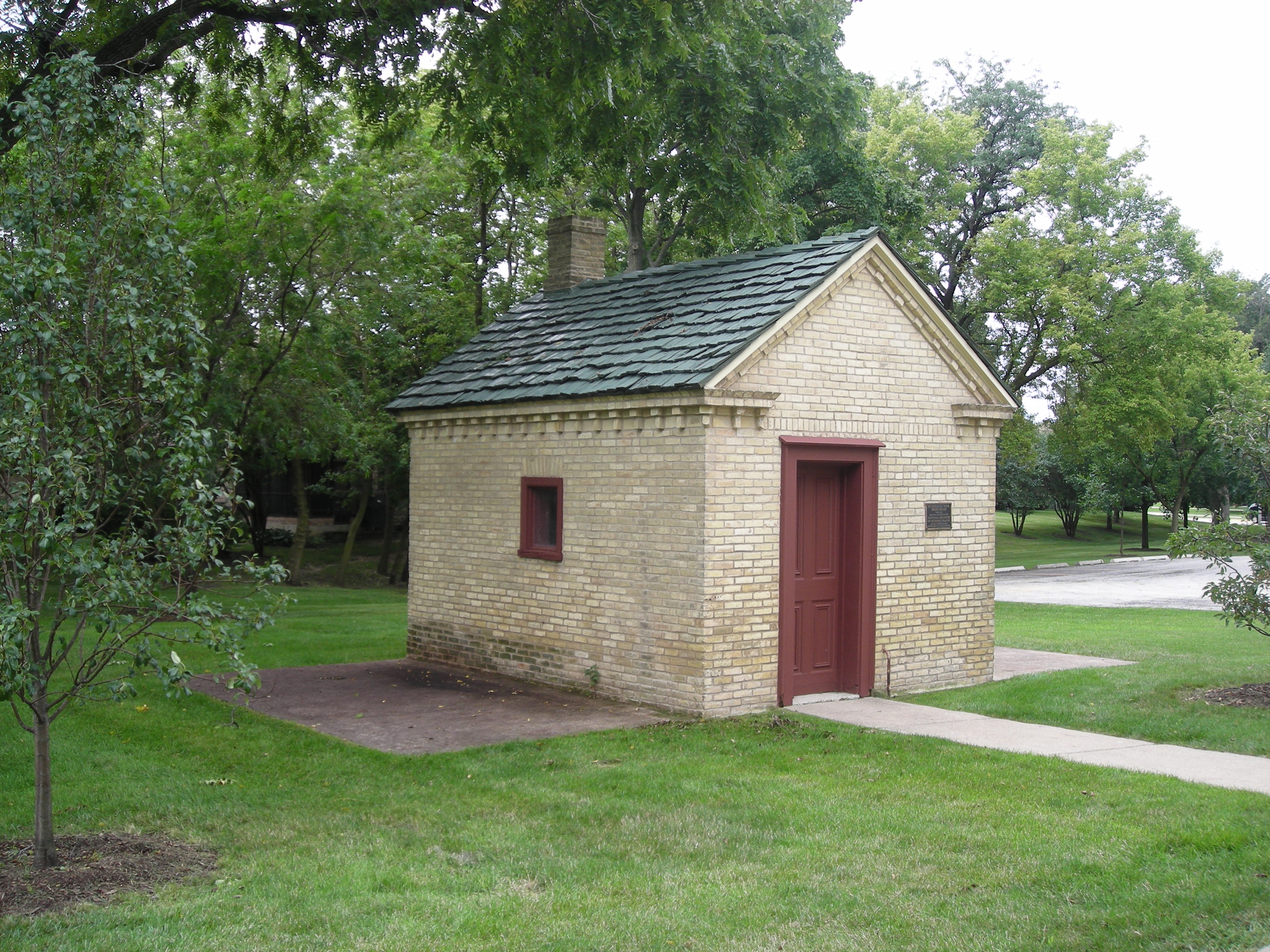This article about the Illinois Boulevard building that served as the Hoffman Estates village hall from 1959 to 1972 was written for inclusion in January 1969 editions of the Daily Herald and the Elgin Courier-News. The author was John Rowan, the director of Public Relations for the Village of Hoffman Estates.
At the time, the village was at a crossroads. They had outgrown the building and needed a newer, more modern structure to accommodate the ever-growing suburb. This article not only covered the history of the building and the area where it was located, but also outlined the rationale behind the possibility of building a new village hall.
We can thank Mr. Rowan for a well-written piece and the Village of Hoffman Estates for allowing us to reprint it in this space.

F&S Construction Co.–Sam and Jack Hoffman, father and son–is the original developer of Hoffman Estates. This was the beginning of the contemporary history era for the village hall. The structure now became the field headquarters for this builder now called Hoffman-Rosner Corporation.
On Nov. 11, 1959, the Community Center, the 125 foot Hammerstein Barn, burned to the ground with the Hammerstein home also being damaged by fire. Fearing that perhaps their offices were in danger, Jack Hoffman moved his company out of the Hammerstein home and turned the deed to the property over to the Hoffman Estates Home Owners Association.
After Hoffman Estates was incorporated as a village Sept. 23, 1959, the Home Owners Association gave the deed to the Hammerstein home and the surrounding property to the village.

The silos and the hay barn ramp were demolished several months after the fire. The several smaller homes on the property were torn down late in 1962. All that remains today is the Hammerstein home and a small barn which houses the Boys Club.
The tiny village government moved into its new home with all of the offices occupying the part of the building now used as the clerk’s office. This didn’t last very long because the young village began to grow and so did the demand for additional office space in the village hall.
The insurance settlement from the fire was used to start a long series of changes to make the Hammerstein home suitable as a municipal building. Over the years walls have been removed to make larger office areas, floors had to be reinforced and steel girders put into the council chamber.

Service counters were built, walls paneled or painted and floors tiled. Finally the work was completed on the interior of the village hall; however, the exterior remains the same except for a small police department lockup built onto the back of the building late in 1964.

In Jan. 1964, the village went into the water and sewage business and a vault was constructed in the same office to make a sound barrier against the clatter made by accounting machines.
The basement of the village hall contains the Civil Defense emergency operation center, a workshop for the water department and a maintenance shop for the custodian.
When driving along Illinois Boulevard, especially at night when the building is lighted, it is hard to believe that this imposing sentinel of history faces an uncertain future. The truth is, the Hoffman Estates Village Hall is literally bursting at the seams with the need for expanded and modernized office facilities reaching the critical point.
Hoffman Estates now has a population of 20,000 and the projected population is 60,000 by 1980. Increased population growth of this magnitude will bring tremendous demand for more municipal services. the village hall houses the general business and executive offices of every square foot of it now being used, and in some cases, certain areas are doing double duty.
The village administration is well aware that a decision is going to have to be made very soon about a new municipal building. Village President Roy Jenkins predicts that works on a new village hall will have to start by 1970. He reluctantly remarks, “I’d hate to see the historic old building come down.”
In Nov. 1967, Jenkins appointed the Independent Citizens Committee to study this problem. After three months of study, the committee recommended that a more centrally located site be purchased and a new village hall built.

William Cowin, trustee and chairman of the public buildings and ground committee, believes that some useful purpose can be found for the village hall and it can be preserved. Cowin says that remodeling and piecemeal additions to the present building is not a good idea. He would like to see a new municipal building constructed in a more centrally located part of town.
Reluctant to tear down this landmark structure representing more than 100 years of history, the trustees are faced with the delicate problem of preserving the heritage of the village while planning to meet the demanding requirements of the future.
The future of Hoffman Estates is promising. The municipality is rapidly becoming one of the prestige communities in northern Illinois. already the fourth largest land mass in the state, it may soon be one of the largest and finest villages in Illinois.
The demands upon the village government will be tremendous in the next 10 years as the community mushrooms to double and triple its present size. What will happen to the present village hall cannot be determined at this time.
However, it is believed this historical landmark will somehow manage to remain standing as the sentinel of history on Illinois Boulevard. It has survived the first 100 years and they say these are the toughest.
Jane Rozek
Local History Librarian
Schaumburg Township District Library
jrozek@stdl.org































